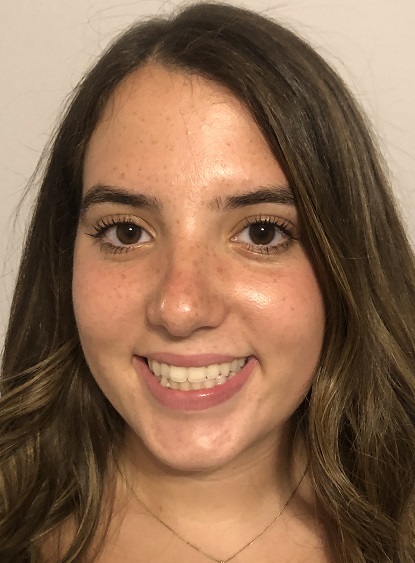Below is a summary of the abstract you submitted. Presenting author(s) is shown in bold.
If any changes need to be made, you can modify the abstract or change the authors.
You can also download a .docx version of this abstract.
If there are any problems, please email Dan at dar78@pitt.edu and he'll take care of them!
This abstract was last modified on March 13, 2022 at 10:21 p.m..

Mycobacteriophage NoShow was isolated and characterized at Saint Joseph’s University. The soil sample was collected at the end of January, 2021 on the edge of the baseball field on the SJU Maguire campus. NoShow was isolated at 37°C, went through 4 successful rounds of purification, and produced very turbid 1mm plaques on lawns of Mycobacterium smegatis (mc2155), indicating a temperate phage. Under the electron microscopy, NoShow had a siphoviridae appearance with a flexible medium length tail (170 nm) with capsid diameter of 50 nm. NoShow’s 52,825 bp genome yielded 78 genes with 17 orphams. Because NoShow has no close relatives, it has not yet received a cluster assignment. Per NCBI BLAST and analyses on Geneious Prime (v2022.0.2), NoShow is most similar to phages in the AB cluster: JacoRen57 (60.8% identical), Muddy (54.1%), and FF47 (54.0%) - all lytic phages. Compared to these phages whose G+C contents were 56.7% in JacoRen57, 58.6% in FF47, and 58.8% in Muddy, NoShow was higher at 60.5%. Genome organization for NoShow is conserved with structural genes exhibiting synteny. Genes encoding lysin A and lysin B were identified, but unlike the JacoRen57, Muddy, and FF47, no sequences in NoShowe closely matched for holin. We identified two genes encoding RecA-like recombinases, similar to others in cluster AB. We also identified a gene likely to encode a SprT-like protease which has only been found in cluster K phages. SprT-like proteases with HExxH motifs are found in prokaryotic cells as well as protein Spartan in eukaryotic cells which cleaves DNA-protein crosslinks. It will be interesting to understand the evolutionary changes in NoShow for it to adapt to a temperate life-style.

